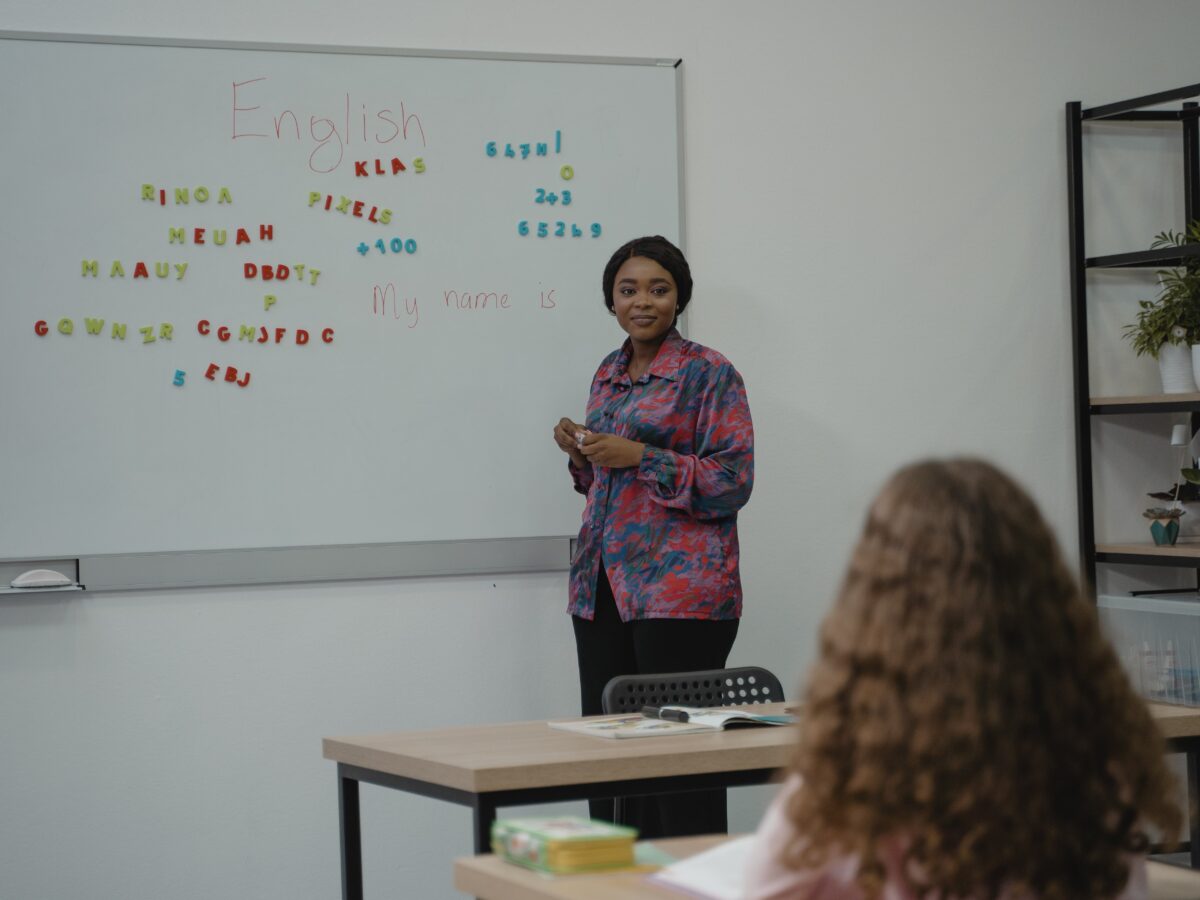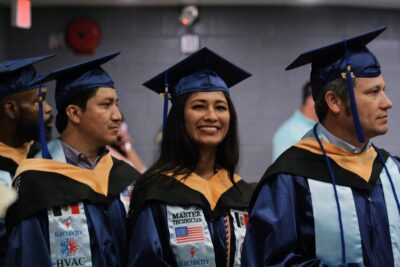
|
|
I was at the launch of the Why Rural Schools Matter 2023 (WRM23) report at the National Rural Education Association (NREA) conference in Chattanooga, TN in November, 2023. Scholars and policymakers of rural education have been awaiting the updated report, the most recent of which was published in 2019. In the interim four years, much has changed across rural America. COVID-19, for instance, greatly affected rural communities and illuminated inequities in digital connectivity, access to learning, and rural poverty. One aim of the WRM23 report was to address questions such as: Where does rural education currently stand? And: What subpopulations in rural areas should policymakers and educators pay closer attention to?
Invisibility of multilingual learners
Citing the WRM23, Mebane Rash’s EdNC report on January 9, 2024 highlights that report says “Rural schools and students often seem invisible because many policymakers lack personal experience in rural communities.” This is arguably an even more apt observation in the case of rural multilingual learners nationally and in North Carolina. In fact, the rural multilingual learner population is so severely overlooked, it was also overlooked in the WRM23 report.
The WRM23 ranks the state of North Carolina as #10 nationally in concern for (or need to address) rural education. Those rankings derive from data obtained from the National Center for Education Statistics, the U.S. Department of Education, and the U.S. Census Bureau. States are ranked based on five gauges, one of which is a “Student and Family Diversity” gauge. The WRM23 report’s diversity gauge relies on several indicators: an index based on racial heterogeneity; poverty level based on the economic level of schools; percentage of rural students with an Individualized Education Plan; and percent of rural children experiencing poverty.
Unfortunately, the WRM23 report made no mention of the fastest growing subgroup of students in rural America: multilingual learners (MLs). As Secretary of Education, Dr. Miguel Cardona, notes in the US Department of Education’s Raise the Bar: Pathways to Multilingualism, there are more than 5 million ML students in US schools. National datasets, which remain available by the U.S. Department of Education, reference more than 350,000 rural ML students nationally. In North Carolina, we have more than 162,000 identified ML students and 80% of our districts are considered rural under federal locale classification categories. School districts such as Robeson, Lee, Johnston, and Sampson are reporting significant increases in the number of ML students in the last three years and an urgent need to prepare all educators — language specialists, core content teachers, and administrators alike — to work with ML students.
Importance of multilingual learners
Outside of North Carolina, rural America has also experienced rapid growth in MLs. The growth of immigrant Latinos, who primarily speak Spanish, has been so noteworthy that scholars Lichter and Johnson (2020) referred to this group as a potential “demographic lifeline” to rural communities. In North Carolina, immigrant laborers are employed in poultry and hog processing, and in virtually every crop industry including tobacco, cotton, cucumbers, and sweet potatoes.
Rural MLs can no longer be overlooked. Rural schools need well-prepared teachers and educational leaders for ML students, bilingual school counselors, bilingual school psychologists to properly evaluate ML students for learning disabilities, and added funding to provide supports such as transportation for school programs that support ML students who need additional time to learn English. These are educational equity issues.
As a scholar and teacher-educator of rural ML education in North Carolina, it’s not difficult to imagine that the national rankings in the WRM23 report would change substantially based on updated data on our fastest growing subgroup. We look forward to an updated WRM report that spotlights and centers rural ML students. When policymakers, educators, and scholars have access to complete data in reports that include rural multilingual learners, we can then answer the question: What subpopulations in rural areas should policymakers and educators pay closer attention to?
The answer is (invisible) multilingual learners.
Recommended reading




